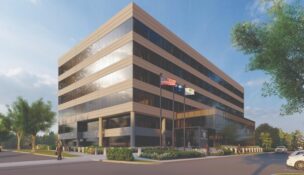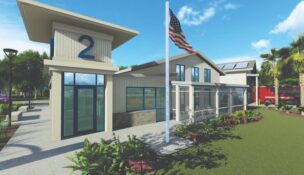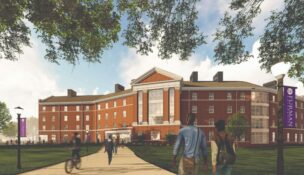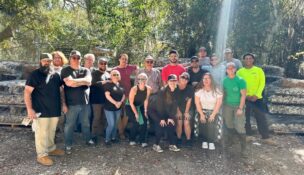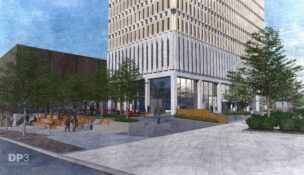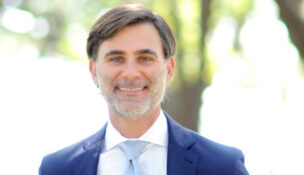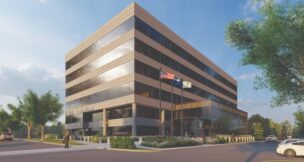Experts say region needs new approach to development
Staff //June 8, 2018//
The Charleston region needs to take a new approach to development, according to industry experts, and should be focused less on density and more on the needs of the community.
“’Density’ is a really loaded term, and at the end of the day, it’s just a number,” said Amy Barrett, executive director of Urban Land Institute South Carolina. “It’s not nearly as descriptive as what we’re really trying to talk about when we’re talking about changing the development pattern for our region.”
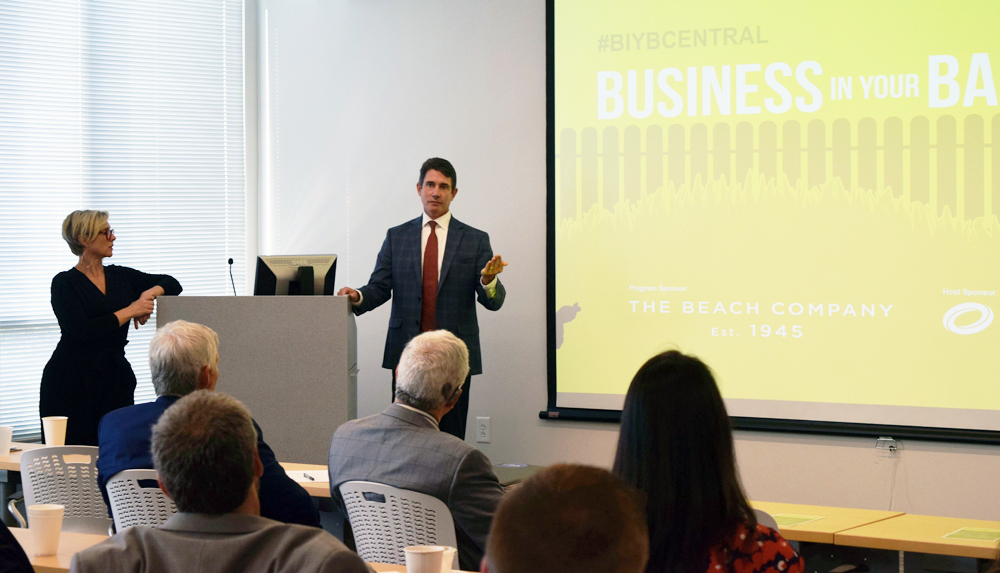 Instead, Barrett said, the focus should be on using the scarce resource of land responsibly and efficiently.
Instead, Barrett said, the focus should be on using the scarce resource of land responsibly and efficiently.
For example, she said, the Ashley Oaks Plaza in West Ashley is a land hog — 5 acres of land with fewer than a dozen retailers and a large surface parking lot.
“On the other hand, that same sized parcel on the peninsula, you could get a 500-space parking garage, probably about 80 hotel rooms, 24 retailers, about 60 to 70 residential units and second- and third-floor office space,” Barrett said. “So you get a lot more use out of that … parcel in a more intense development context.”
Barrett and Dan Doyle, senior vice president of development at The Beach Co., were speakers at a Charleston Metro Chamber of Commerce event last month focused on mixed-use developments.
“We want to see continued smart growth in our community,” Doyle said. “We want to see continued investment in the business community, and I think it’s incumbent on all of us to make sure that we’re doing things the right way.”
Responsible land use doesn’t necessarily mean everything needs to look like King Street, though. Barrett noted that downtown Park Circle in North Charleston is an example of responsible land use from both a capacity and fiscal point of view, with $18.9 million in tax value per acre, according to a report from the consulting firm Urban3.
“I think everyone would agree that it’s (Park Circle) not super intense,” Barrett said. “That’s not a super intense mix of uses, it feels comfortable, it feels light and airy, surrounded by … a residential neighborhood, but it really does get a better bang for the buck.”
She said there also needs to be a conversation about “balanced land use,” bringing where people live closer to where people work. Often during rush hour, she said, there’s one side of the road clogged with traffic while the other side is relatively open.
“Every time I’m sitting in traffic and seeing that other side with lanes that are empty and kind of free-flowing, it’s like, there’s a problem here that we really need to solve,” she said. “And I think that really is about intrinsically a land use problem and something that we need to be better about locating housing and jobs closer together.”
There needs to be more diversity in housing, too, Barrett said, not only in price but also in types of housing and available amenities within walking or biking distance.
“If we sort of invert our priorities and start to plan cities with people in places, we will get people in places,” she said. “And that’s a hard jump to make, but it’s a really important one.”
One solution to this, Doyle said, is increasing the number of mixed-use developments, which combine housing with amenities that residents crave, such as retail and recreational spaces that are easily accessible.
An example, he said, the WestEdge development underway on Fishburne Street is combining medical office space with retail and apartments.
He also mentioned The Jasper, a development The Beach Co. is undertaking to transform the site of the former Sergeant Jasper Apartments into a mixed-use development with 219 residential units, 25,000 square feet of retail space and 75,000 square feet of office space.
“That’s really what this is all about, is providing different options, different choices — different places for people to live, to work, to shop,” Doyle said.
Barrett said one place in particular with some potential is Rivers Avenue in North Charleston, which she said is “of its era,” with strip shopping centers along a car-centric corridor.
“There’s lots of opportunity, lots underutilized land that could be put to new uses if we do it right with a transit-oriented design,” Barrett said.
The proposal for the Lowcountry Rapid Transit, offering bus service in a dedicated lane between Summerville and downtown Charleston, includes a route along Rivers Avenue.
She added, though, that a change in how the region develops requires a change in thinking, which can be difficult without strategic vision and leadership from both industry and municipal leaders.
“We’ve got tons of economic investment, job growth, unemployment is at an all-time low, we have lots of investment coming into our community,” Barrett said. “It’s a really great story. The challenge is, how are we going to be able to accommodate that in a way that retains our quality of life and allows us to continue to improve?”
Bryan Derreberry, president and CEO of the Charleston Metro Chamber of Commerce, said the time for action is now to shape the future of the Charleston region.
“We need to act our way into the next 50 years, otherwise we’re going to keep spinning our wheels,” he said.
l






